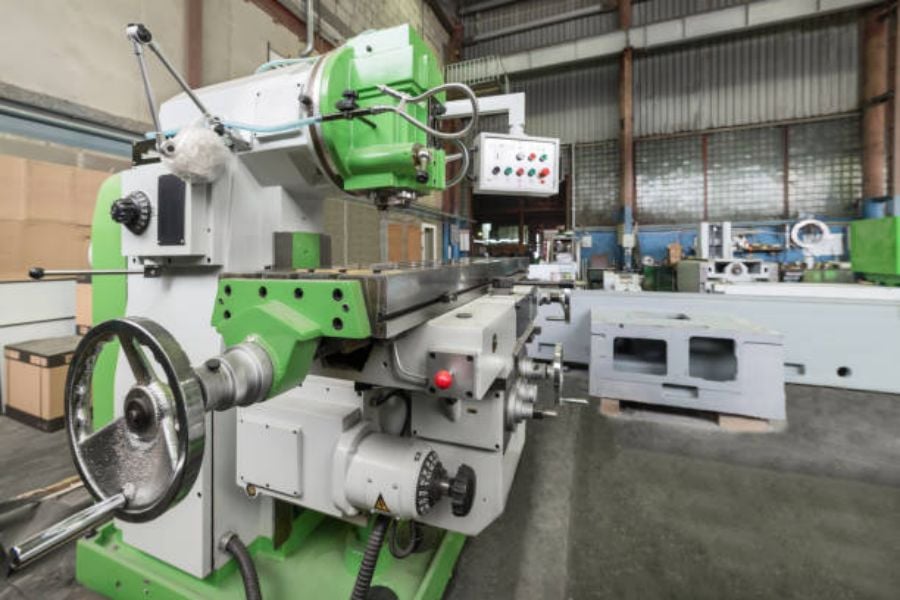cnc machine 3 axis: An Introduction
A CNC machine is a computer-controlled machine tool that can create complex parts with extreme precision. The machine uses computer-aided design (CAD) software to generate tool paths that guide the cutting tool along multiple axes. In this article, we will focus on CNC machine 3 axis, which is a three-dimensional CNC machine that moves its cutting tool along three axes simultaneously.
The Three Axes
The three axes of a CNC machine 3 axis are the X-axis, the Y-axis, and the Z-axis. The X-axis moves the cutting tool from left to right, the Y-axis moves the cutting tool from front to back, and the Z-axis moves the cutting tool up and down. By controlling the movement of the cutting tool along these three axes, a CNC machine 3 axis can create complex three-dimensional shapes with incredible accuracy.
The Advantages of CNC Machine 3 Axis
CNC machine 3 axis has several advantages over other types of CNC machines. Firstly, it can create more complex shapes than a CNC machine 2 axis, which can only move along the X and Y axes. Secondly, it can work on deeper and taller materials than a CNC machine 4 axis or 5 axis. Thirdly, it is more affordable and easy to operate than a CNC machine 4 axis or 5 axis.
The Applications of CNC Machine 3 Axis
CNC machine 3 axis is widely used in the manufacturing industry for various applications, including cutting, drilling, routing, engraving, and milling. It can be used to create parts for aerospace, automotive, medical, and electronic industries. It can also be used for prototyping, mold making, and product development.
The Types of CNC Machine 3 Axis
There are several types of CNC machine 3 axis, including horizontal milling machines, vertical milling machines, and gantry milling machines. Horizontal milling machines have a horizontal spindle that holds the cutting tool, while vertical milling machines have a vertical spindle that holds the cutting tool. Gantry milling machines have a bridge-like structure that spans the work area and holds the cutting tool.
The Components of CNC Machine 3 Axis
A CNC machine 3 axis consists of several components, including a control panel, a spindle, a worktable, a cutting tool, and a coolant system. The control panel contains the computer and software that control the movement of the cutting tool along the axes. The spindle holds the cutting tool and rotates it at high speed. The worktable holds the material being cut. The cutting tool removes material from the workpiece. The coolant system cools and lubricates the cutting tool and workpiece.
The Advancements in CNC Machine 3 Axis
CNC machine 3 axis has become more advanced over the years with the introduction of new technologies, such as high-speed spindles, advanced control systems, and automatic tool changers. These advancements have increased the speed, accuracy, and efficiency of CNC machine 3 axis, making it more popular among manufacturers.
The Future of CNC Machine 3 Axis
The future of CNC machine 3 axis looks bright as the demand for precision parts continues to increase. The introduction of new materials, such as composites and ceramics, will also increase the need for CNC machine 3 axis. The continued development of new technologies, such as artificial intelligence and machine learning, will also impact the future of CNC machine 3 axis.
The Importance of CNC Machine 3 Axis
The importance of CNC machine 3 axis in the manufacturing industry cannot be overstated. It has revolutionized the way parts are made, making the manufacturing process faster, more accurate, and more efficient. It has also increased the quality and consistency of parts, reducing the need for manual labor and increasing the profitability of manufacturers.
The Conclusion
CNC machine 3 axis is a vital tool in the manufacturing industry that has changed the way parts are made. It offers precision, speed, and efficiency that cannot be matched by manual labor. The future of CNC machine 3 axis looks bright as manufacturers continue to demand precision parts made from new materials. As the machine evolves, it will undoubtedly continue to revolutionize the manufacturing process.

